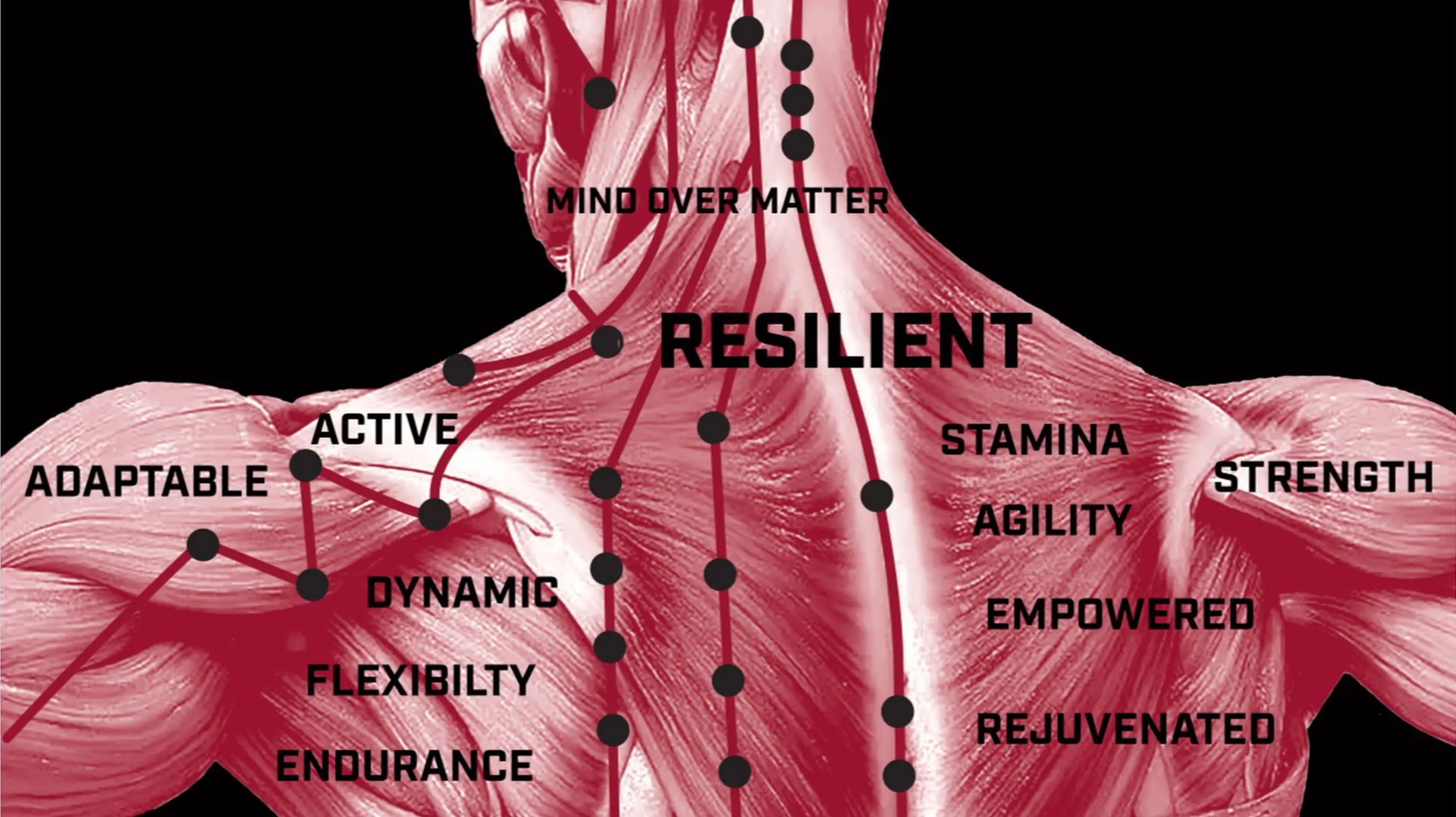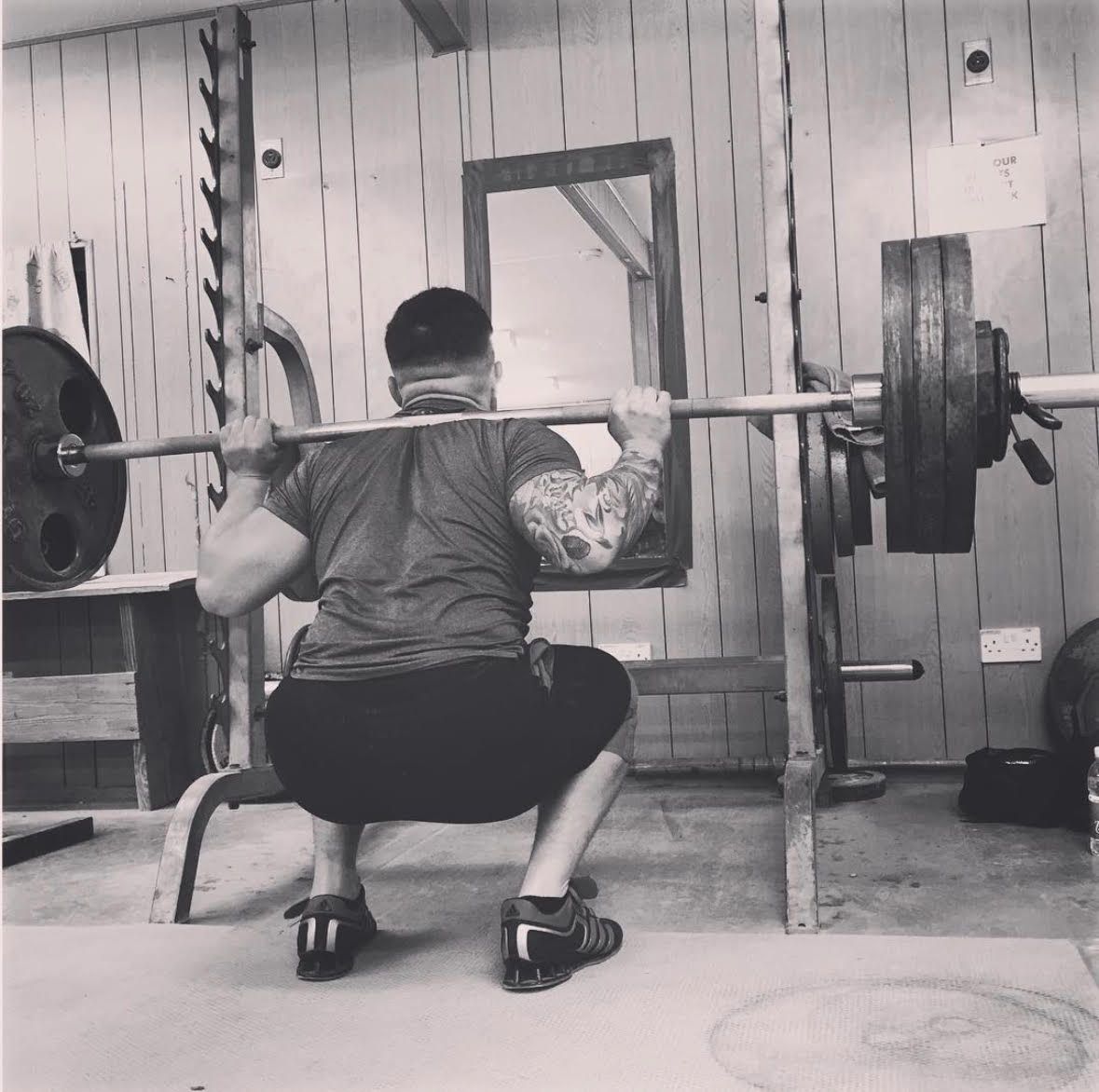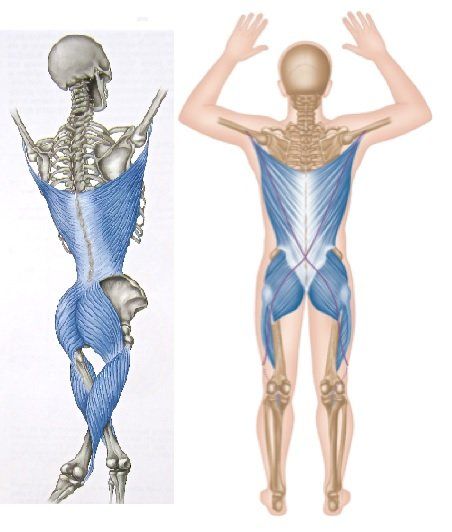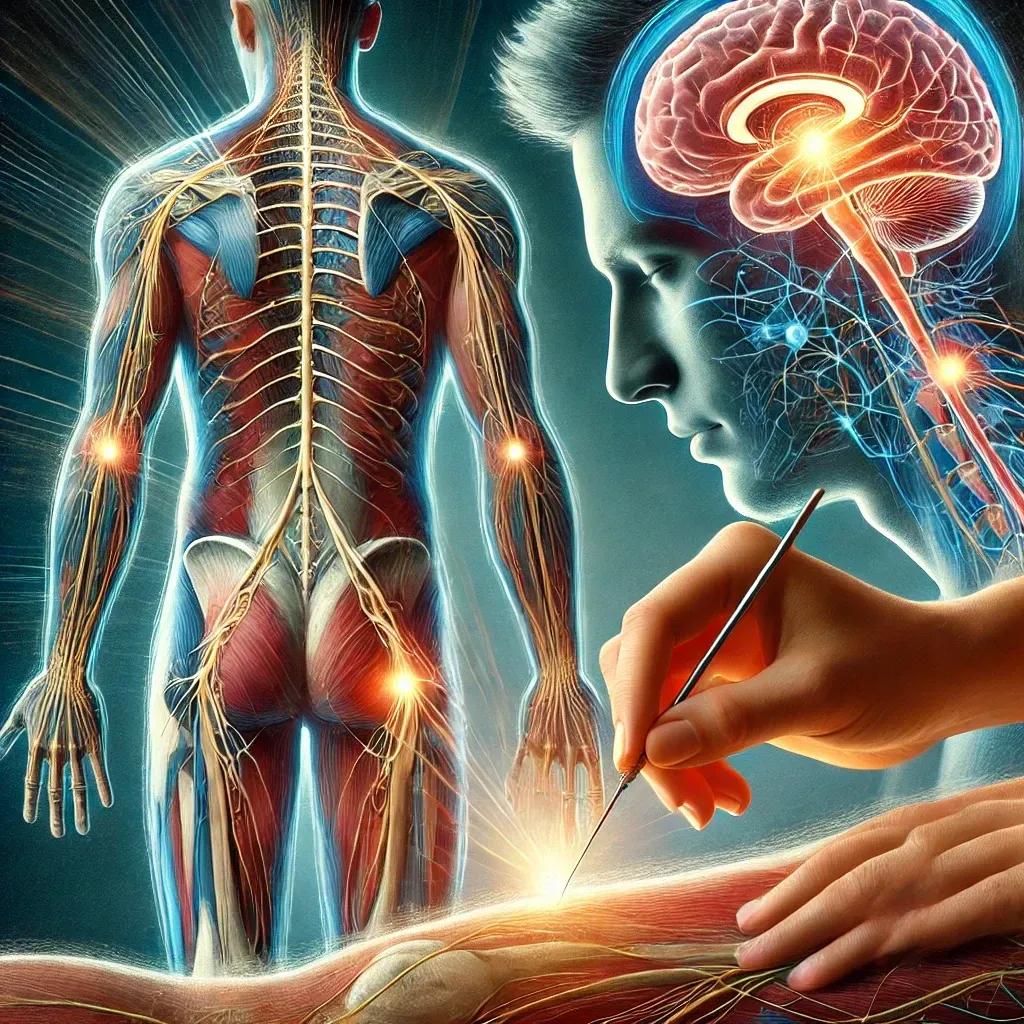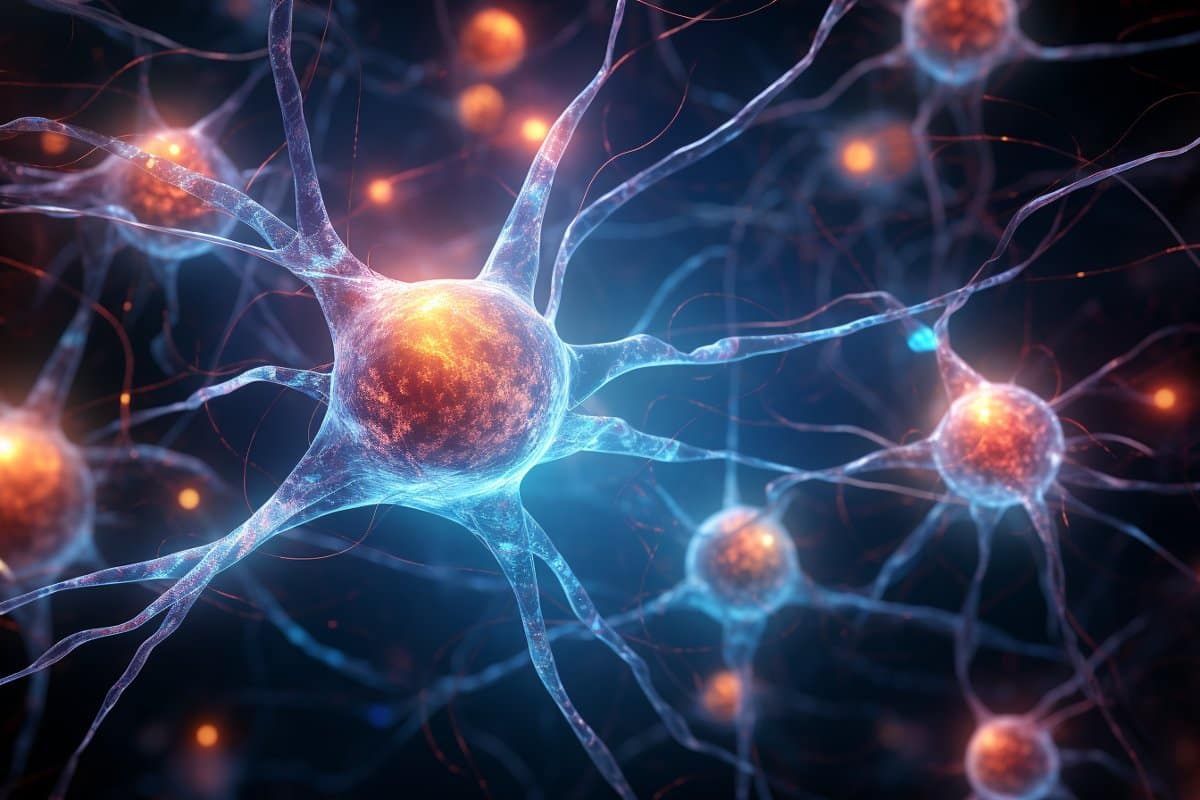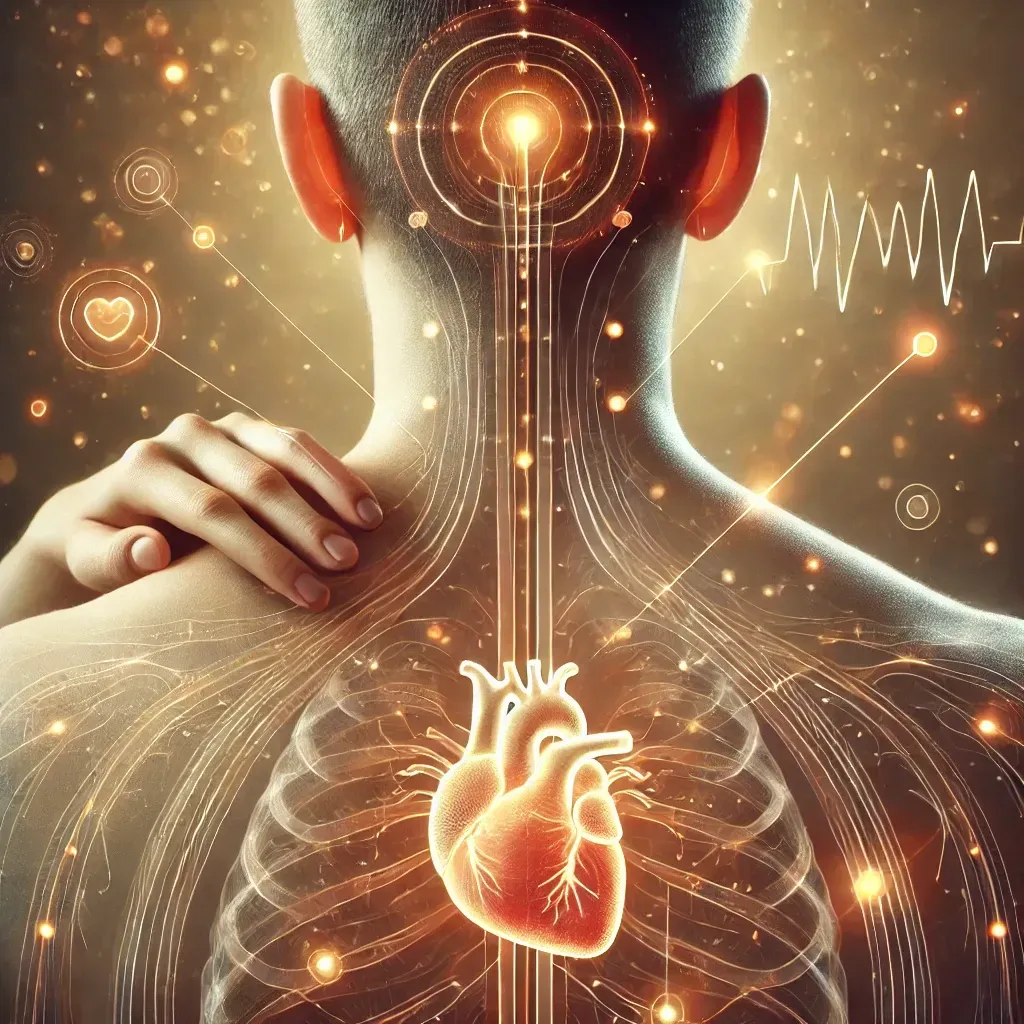Post Sponsored by Vivobarefoot ---> http://www.awin1.com/cread.php?awinmid=7789&awinaffid=1530583
Introduction to VivoBarefoot and Barefoot Shoes
Welcome to a world where footwear isn’t just about fashion but about fundamental health and mobility. VivoBarefoot, a pioneer in the barefoot shoe movement, designs shoes that are not only stylish but also engineered to mimic the natural movement of the foot. But why does this matter? Let's delve into the science behind barefoot benefits.
The Anatomy and Importance of the Foot
Our feet are marvels of engineering. Each foot has 26 bones, 33 joints, and over 100 muscles, tendons, and ligaments. This complex structure is designed for balance, support, and mobility. Traditional footwear often neglects this intricacy, confining our feet and hindering their natural function. VivoBarefoot shoes honor this complexity, allowing your feet to move as nature intended (Lieberman, 2012).
Incorporating a Study on the Benefits of Barefoot Walking
A significant study published in Gait & Posture (Hollander et al., 2015) highlighted the benefits of walking barefoot. Researchers found that individuals who regularly walked barefoot or in barefoot-like shoes exhibited enhanced foot mechanics, stronger foot muscles, and improved balance compared to those who wore traditional shoes. This study underscores the health benefits of footwear that allows for natural foot movement, much like VivoBarefoot shoes.
Ankle Dorsiflexion Explained
Ankle dorsiflexion, the movement of lifting the foot towards the shin, is crucial for walking and running. Limited dorsiflexion can lead to various issues, from altered walking patterns to an increased risk of falls (Bennell et al., 1998). VivoBarefoot’s design supports healthy dorsiflexion, aligning with the findings of the study published in Gait & Posture.
Impact of Foot Health on Aging
As we age, maintaining foot health becomes vital. Poor foot mechanics can lead to decreased balance and mobility issues. The study in Gait & Posture (Hollander et al., 2015) highlights how barefoot walking can counter these age-related problems, making a compelling case for incorporating barefoot shoes like VivoBarefoot into our routines.
The Benefits of VivoBarefoot Shoes
VivoBarefoot shoes offer comfort and a foundation for improved posture and natural gait. Users often report benefits such as reduced foot pain and enhanced mobility. These shoes encourage strengthening of foot muscles, aligning with the study’s findings on the benefits of barefoot walking (Franklin et al., 2018).
My Experience
As someone who has dealt with various injuries, I can speak to how VivoBarefoot has allowed me to understand the importance of proper footwear. During my time in the service, I had to wear boots at all times, resulting in a displacement of alignment across my joints. As a result, I conditioned my body to be more susceptible to dull and aching pain from my ankles to my neck, which might have been preventable if I had allowed myself to walk barefoot outside of service. The body is an amazing machine, and it adapts to what one conditions it to do. For me, it led to lost range of motion, and my body compensated due to the high-level platformed military boots. Today, I walk barefooted or wear my "Vivos" during physical activity. It has made all the difference.
Practical Tips for Foot Health
To support your foot health:
- Engage in exercises to improve ankle dorsiflexion and foot strength (Bennell et al., 1998).
- Walk barefoot or in barefoot shoes to promote natural foot mechanics (Lieberman, 2012).
- Choose footwear with flexibility, a wide toe box, and minimal heel elevation, like VivoBarefoot shoes.
Conclusion and Call to Action
Your feet are the foundation of your mobility. Understanding the importance of foot health and making informed choices about footwear, like opting for VivoBarefoot shoes, can lead to a healthier, more active life. Embrace the science-backed benefits of barefoot walking, as reported in Gait & Posture (Hollander et al., 2015), and take a step towards improved foot health today.
Post Sponsored by Vivobarefoot ---> http://www.awin1.com/cread.php?awinmid=7789&awinaffid=1530583
References
- Bennell, K., Khan, K. M., Matthews, B., & Singleton, C. (1998). Changes in ankle dorsiflexion and joint mechanics with chronic Achilles tendon pain: Effect of stretching intervention. Journal of Science and Medicine in Sport, 1(4), 226-235. https://doi.org/10.1016/s1440-2440(98)80005-7
- Franklin, S., Grey, M. J., Heneghan, N., Bowen, L., & Li, F. X. (2018). Barefoot vs common footwear: A systematic review of the kinematic, kinetic, and muscle activity differences during walking. Gait & Posture, 63, 63-82. https://doi.org/10.1016/j.gaitpost.2017.10.008
- Hollander, K., van der Zwaard, B. C., de Villiers, J. E., & Venter, R. E. (2015). The benefits of walking barefoot or in minimalist shoes for foot strength and posture. Gait & Posture, 42(5), 506-512. https://doi.org/10.1016/j.gaitpost.2015.05.019
- Lieberman, D. E. (2012). What we can learn about running from barefoot running: An evolutionary medical perspective. Exercise and Sport Sciences Reviews, 40(2), 63-72. https://doi.org/10.1097/JES.0b013e31824a1490
4o
